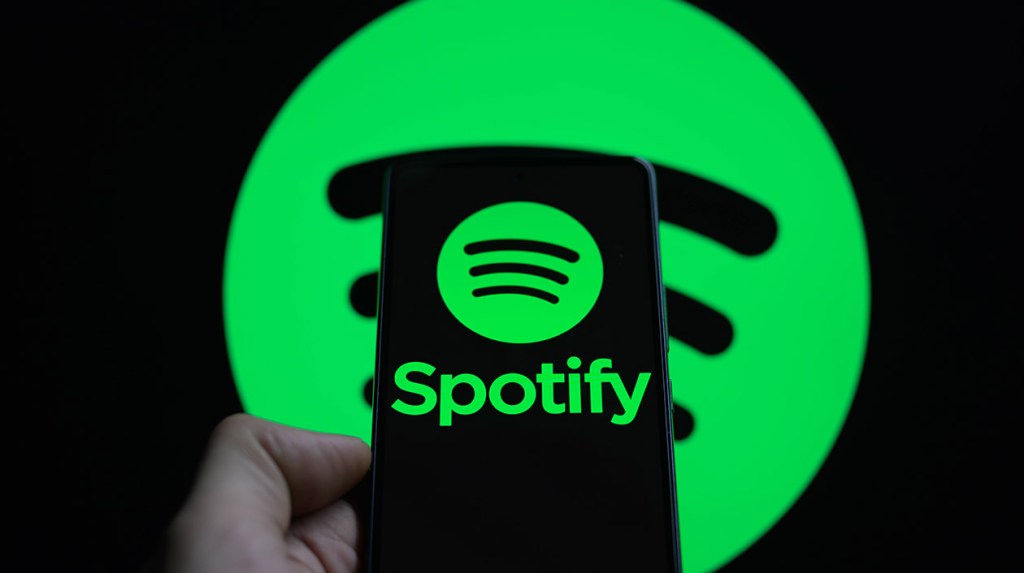Don't be surprised if Spotify decides to further increase the prices on its premium subscription plans.
Although CEO Daniel Ek and interim CFO Ben Kung did not provide a timetable for future price increases, sent several signals during Tuesday's second-quarter earnings call that additional price increases are possible.
Spotify has waited more than a decade to raise prices in the US and several other markets in 2023 — from $9.99 to $10.99 a month for a single plan. In 2024, the rate increases to $11.99 per month. If these price increases were not timed, Spotify would see subscribers leave and revenue suffer. Neither happened.
In the second quarter, the company added 7 million subscribers from the previous quarter – 1 million more than investors expected – and revenue reached 3.8 billion euros ($4.15 billion), up 20% year-on-year. basis, the company announced on Tuesday. Higher prices, combined with widespread layoffs, helped Spotify turn an operating loss of 247 million euros ($269 million) in the second quarter of 2023 into an operating profit of 266 million euros ($290 million) — a swing from 513 million euros ($559 million dollars). .
After extensive rate increases in 2023 and additional rate increases this year in the US, UK and Australia, “We see less upside in this round of increases than in the previous one, which was already very low by any measure.” said Ek. The churn rates after the second round of increases were “better than expected,” Kung added.
After the two rounds of price increases, Spotify is “very encouraged by what we're seeing in the three major markets where we've taken prices now, essentially about twice in the last 12 months,” Kung said. “And so I think we see that as a great data point for … what might be possible … in the rest of our regions.”
Why aren't subscribers leaving? Ek attributes its churn rates to “the tremendous value we've added to the service over the last few years.” This includes features like the Wrapped year-end recap and Discovery Weekly, a personalized playlist of new releases. More recently, the company has invested heavily in podcasts and audiobooks. Spotify is now a comprehensive audio platform, not the music-focused streaming service of its early years. “Access to all this content would cost a user about $26 — much more than a Spotify subscription,” Ek said. “Spotify remains a pretty great deal.”
Loyalty is important to retain subscribers. As long as Spotify can keep listeners listening, it believes it has the ability to raise prices. “The most important thing in the short term is just making sure that audiobooks drive increased engagement for the platform, and we're seeing that happen in a way that makes us feel good about where we're going here,” he said. Kung.
The US, UK and Australia seem to have absorbed two rounds of price increases without missing a beat. Spotify executives didn't say what to expect in other large, mature markets, but Ek suggested that listeners in growth markets, which currently lean more toward ad-supported listening, could pay more. “The high commitment to [developing] The markets give us tremendous confidence in our ability to raise prices,” he said.
Separately, Spotify believes that a subset of its subscribers are willing to pay much more for an upgraded experience. Spotify first announced a high-quality sound level, called HiFi, in 2021, but delayed its launch. Now, it looks like HiFi is back on. “The plan here is to offer a much better version of Spotify,” Ek said. “So think something like $5 above the current premium level, so probably around $17-18 price point, but kind of a deluxe version of Spotify that has all the benefits that the regular Spotify version has plus more control and quality over everything the levels. “
from our partners at https://www.billboard.com/pro/spotify-signals-price-increases-in-future/
